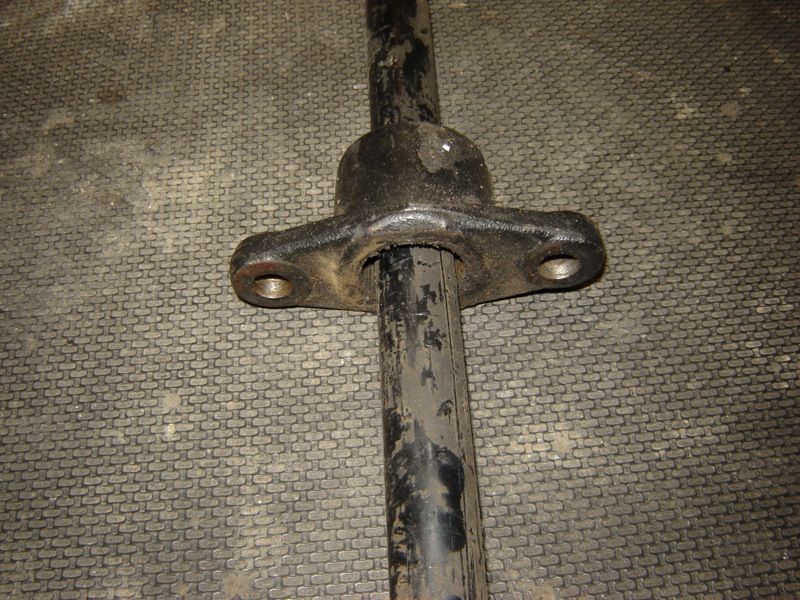Marcelo73
NAXJA Forum User
- Location
- Montevideo
Thanks for the answer. I don't wheel on rocks but good to know. Actually I still have the rear swaybar on 
There is nothing wrong with building your own sway bar. However, I definetly would NOT reccomend welding the arms to the torsion bar. Most torsion/sway bars are formed from heat treated spring steel. The weld creates a stress riser, and will eventually crack on the edge of the heat affected zone.
This is exactly why most torsion/sway bars are either forged in one peice or have the arms splined for a mechanical connection. The bar isn't exactly something you want to fail while on the road.


Well it's good to know that the adapters are splined, but I still would not have even tacked to the end of the torsion bar. The correct thing to do would have been to machine and tap a hole in the end of the bar for a retaining bolt, or to simply cut off wheel a groove for a snap ring.
Call me paranoid, but I speak from experience.
I'd never weld the adapter to the arm... would have used two bolts as the factory isuzu application did. Actually came here to post that. I don't see a problem with a small tack weld to hold the splined shaft into the adapter though.
That being said this is an awesome idea and I look forward to the results.
Any thoughts on making it lock/unlock by using bolts through the adapter and arm instead of a weld, and removing the bolts when needed? I'm not sure it's the best idea, but I'm still thinking about it...





who's diving a lifted xj flat out in the turns anyway?
x2.*raises hand*
Can you explain the advantage/point of this vs. stock or addco HD front sway bar?
If it is 'weaker' than stock, then you can leave it hooked up when wheeling?
Why does everyone seem so worried about a possible failure? Half the people I know run no swaybar, and the other half have driven on the street with their swaybar disconnected at some point. If you were flat out at the limit in a turn and it failed I could see a problem, but who's diving a lifted xj flat out in the turns anyway?
make that 3
The op wasn't worried about it, everyone else was. He built a copy of an off-road swaybar, which won't work as well on the street as the stock one(which isn't great anyway). If he was looking for high speed cornering, shorter arms would have been in order. I don't see a failure being caused by a couple tack welds, but even if it were, I don't see the danger.
